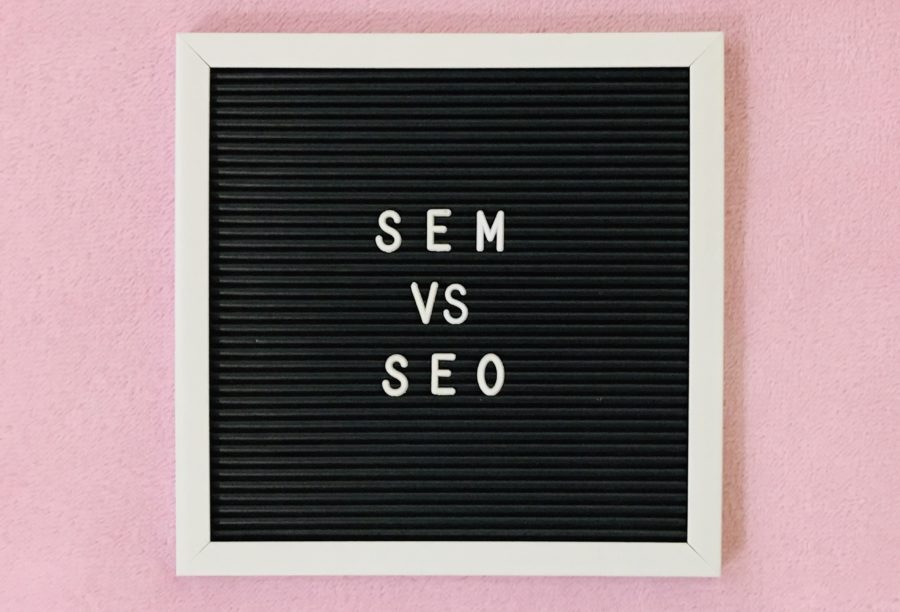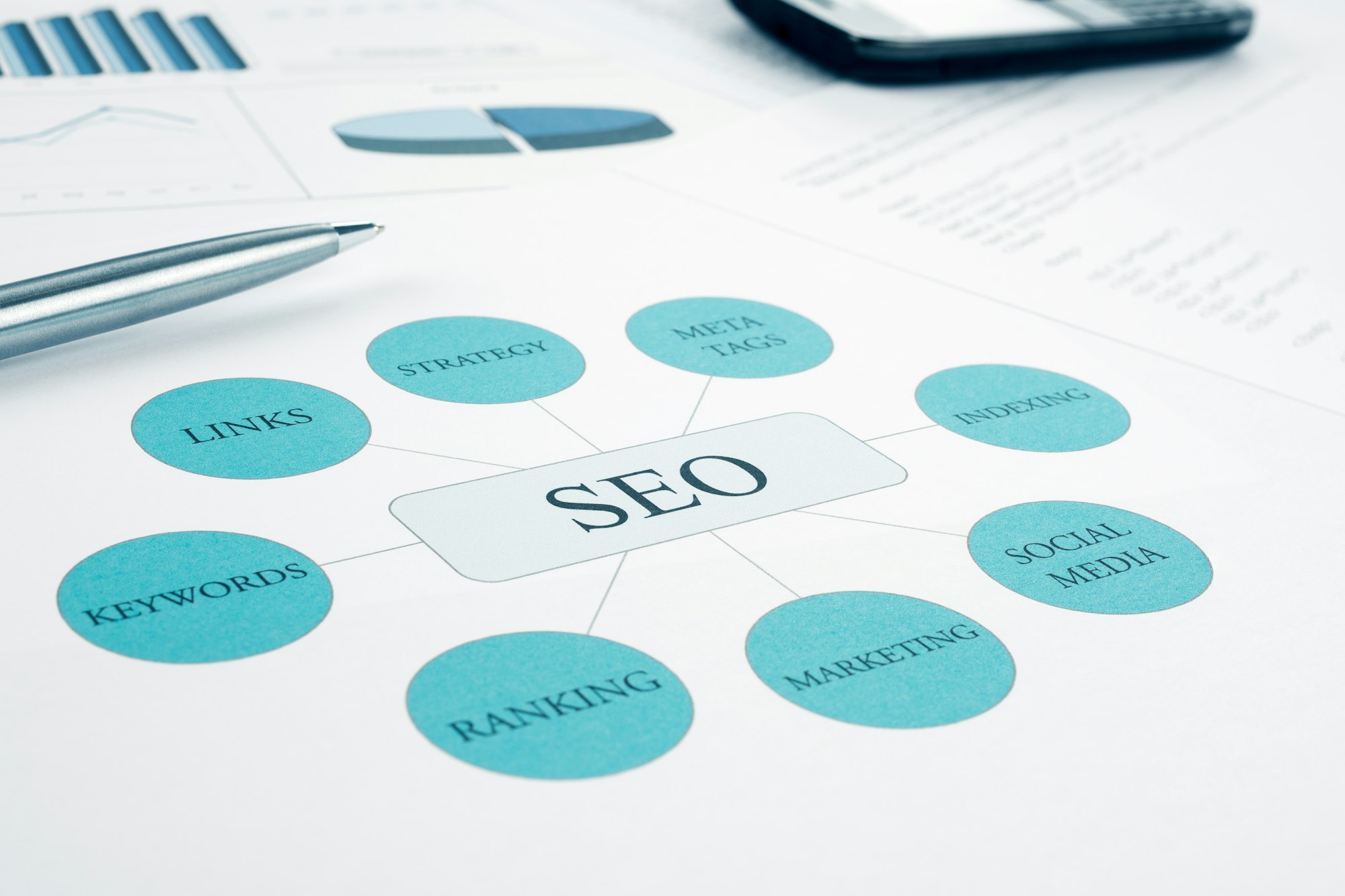
In today’s digital world, having a solid online presence is essential for both individuals and businesses. Search Engine Optimization (SEO) and Search Engine Marketing (SEM) are crucial methods. It comes into play whether you’re a business owner attempting to grow your audience or a content creator trying to connect with your readers. Let’s talk more about SEO Vs. SEM.
Related Links
At the same time, each of these strategies aims to increase a website’s visibility on search engines, such as Google. They take different tactics and offer various benefits. We’ll explore the worlds of SEO and SEM in this post. It highlights their contrasts and guides you toward an understanding of when to apply each tactic for the greatest impact.
Describe SEO
The goal of search engine optimization, or SEO, is to increase a website’s natural (unpaid) presence on search engine results pages (SERPs). The main objective of SEO is to raise a website’s position for certain, content-related keywords and phrases to draw in more relevant organic visitors.
To develop a comprehensive plan that caters to user preferences as well as search engine algorithms. SEO includes both on-page and off-page optimization approaches. It will priority for those who provide SEO services, such as Matchbox’s St. Louis SEO services.

SEO On-Page
To improve a website’s search engine performance, on-page SEO entails optimizing numerous on-page components.
This comprises:
- Keyword Research: Finding pertinent words and phrases that potential customers might use to search for material connected to your website is known as keyword research.
- High-Quality Material: Producing informative, well-organized, and interesting material. It meets the demands of your target audience and naturally incorporates the chosen keywords.
- Meta-Tags: Make catchy title tags, meta descriptions, and header tags. They accurately summarise the content and incorporate pertinent keywords known as “meta tags.”
- URL Structure: Designing user-friendly and informative URLs that give both users and search engines a clear sense of the page’s content is known as URL structure.
- Internal linking: Using links to connect relevant pages on your website to enhance navigation and distribute link equity.
SEO Off-Page
Off-page SEO aims to increase a website’s authority and trustworthiness by utilizing outside variables. Important off-page SEO tactics include:
- Link Building: Link building is the process of acquiring high-quality backlinks from trustworthy and pertinent websites, as search engines view them as recommendations for the authority and relevancy of your site.
- Social Signals: Social signals are generated through interacting with your audience on social media platforms and serving as a popularity and relevancy gauge through shares, likes, and comments.
- Guest Blogging: Providing educational content with a backlink to your website to other trustworthy websites in your sector.
Describe SEM
Paid advertising campaigns targeted at increasing a website’s presence on search engines are known as search engine marketing (SEM). SEM involves bidding on keywords using services like Google Adverts. It is to have your adverts displayed prominently in search results and other digital places, in contrast to SEO. It focuses on organic techniques. SEM includes a variety of sponsored search tactics, with Pay-Per-Click (PPC) advertising being the most popular. This is provided by those who provide SEO services.
Paid-Per-Click Promotion
In PPC advertising, advertisers are charged a fee each time their ad is clicked. Google Ads is the most widely used PPC platform where companies can bid on keywords associated with their goods or services. Advertisers are paid when users click on their advertisements. It shows up at the top of the SERPs when people search for certain terms and are labeled “Ad.” PPC advertising’s essential components include:
- Keyword Research: Find high-performing keywords with a sufficient search volume that are pertinent to your offerings.
- Ad Creation: Write catchy, succinct ad text that includes the targeted keywords and persuades readers to visit your website.
- Bid Management: To ensure cost-effectiveness and ad visibility, bid management entails deciding how much you’re ready to pay for each click.
- Quality Score: Google rates the relevance, anticipated click-through rate, and excellence of the landing page of your ads to determine their quality score. A higher quality score may result in more advantageous ad placement and cheaper prices.

Understanding The Differences Between SEO And SEM
After going over the fundamentals of SEO and SEM, let’s examine their primary distinctions.
Traffic Types
Organic, unpaid traffic is brought about via SEO. Because your website fits their search queries and offers pertinent content, visitors find it through search engine results.
Paid traffic comes from SEM. Users who perform keyword searches see your adverts, and you are charged for each click.
Cost
SEO doesn’t charge directly for clicks. It does necessitate spending money on content production, optimization initiatives, and possibly even hiring SEO specialists. The effects take time to become apparent.
SEM has direct charges because you are charged for each ad click. Depending on how competitive your keywords are and how well your ads perform, the price may change.
Duration
SEO is a long-term tactic. Since search engines must scan and index your material and you must gradually establish authority. It takes time to see noticeable benefits.
SEM provides instant visibility. Following approval, your advertising can start ranking at the top of search results, generating immediate traffic.
Sustainability
Effective SEO can have long-lasting consequences. Even after early efforts, a well-optimized page can keep its ranking and continue to get organic traffic.
As soon as you cease running ads, the traffic that was brought about by SEM stops. It offers immediate results but lacks SEO longevity.
CTR (Click-Through Rates)
More clicks may result from a higher position, and CTR can vary. To click on advertising or promoted snippets, users may scroll past organic results.
Call-to-action buttons are frequently displayed in advertisements, making them stand out more. When compared to organic results, this may result in better CTRs.
Use Of SEO
In the following cases, SEO is a great option:
- Long-Term Strategy: Investing in SEO is essential if you want to see consistent, organic traffic growth over time.
- Budget Restriction: SEO is appropriate for firms on a tight budget because it doesn’t call for immediate financial input in the form of paid advertisements.
- Building Authority: SEO is crucial if you want to position your company as an authority in your sector and develop a robust online presence.
Utilization Of SEM
SEM is a practical choice in the following situations:
- Quick Results: SEM can provide instant results if you require visibility and traffic to your website right away.
- Specific Campaigns: SEM can help you quickly reach your target audience for promotions, product launches, or events that must be time-sensitive.
- Competitive Industries: SEM can assist you in securing a prominent position on SERPs if your industry faces intense competition for organic rankings.
- Targeting with Precision: SEM enables you to focus your target based on characteristics like geography, hobbies, and behavior to make sure you are reaching the correct people.

Integrating SEO And SEM To Get The Right Balance
Consider merging SEO and SEM into your digital marketing plan for comprehensive outcomes rather than treating them as distinct things. Combining the two approaches can provide you with a comprehensive strategy for increasing your internet presence and drawing in various target audience segments.
SEM can offer useful keyword information that can guide your SEO approach. Your efforts to target organic keywords might be guided by researching which keywords perform well in SEM.
Conclusion
SEO and SEM are two essential foundations of successful online presence in the constantly changing digital market. SEM provides rapid visibility and exact targeting through paid ads. SEO concentrates on organic, long-term growth, and authority building. Both approaches have their advantages and are suited to various objectives and time frames.
To get the best outcomes, it’s important to know when to employ each method. You may strategically combine SEO and SEM into your digital marketing campaigns to increase the exposure of your website, draw in your target audience, and eventually accomplish your online objectives.
When it comes to SEO vs. SEM we hope you now have a better understanding of the differences and when to use each one. Please use our contact form below to contact us for a new project or with any questions.
Contact Matchbox Design Group Today!
If your website could use a refresh or you’re looking to drive more traffic to your site, fill out the form below and we’ll contact you to learn more about your digital needs.

